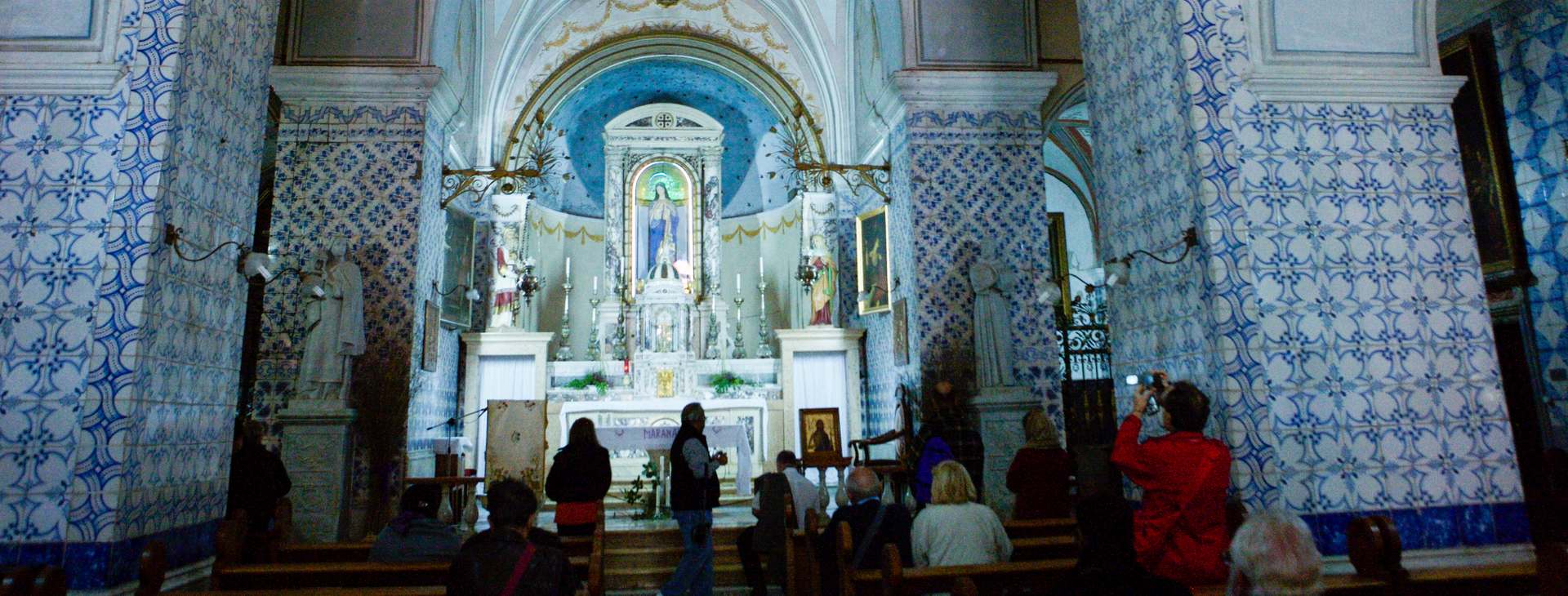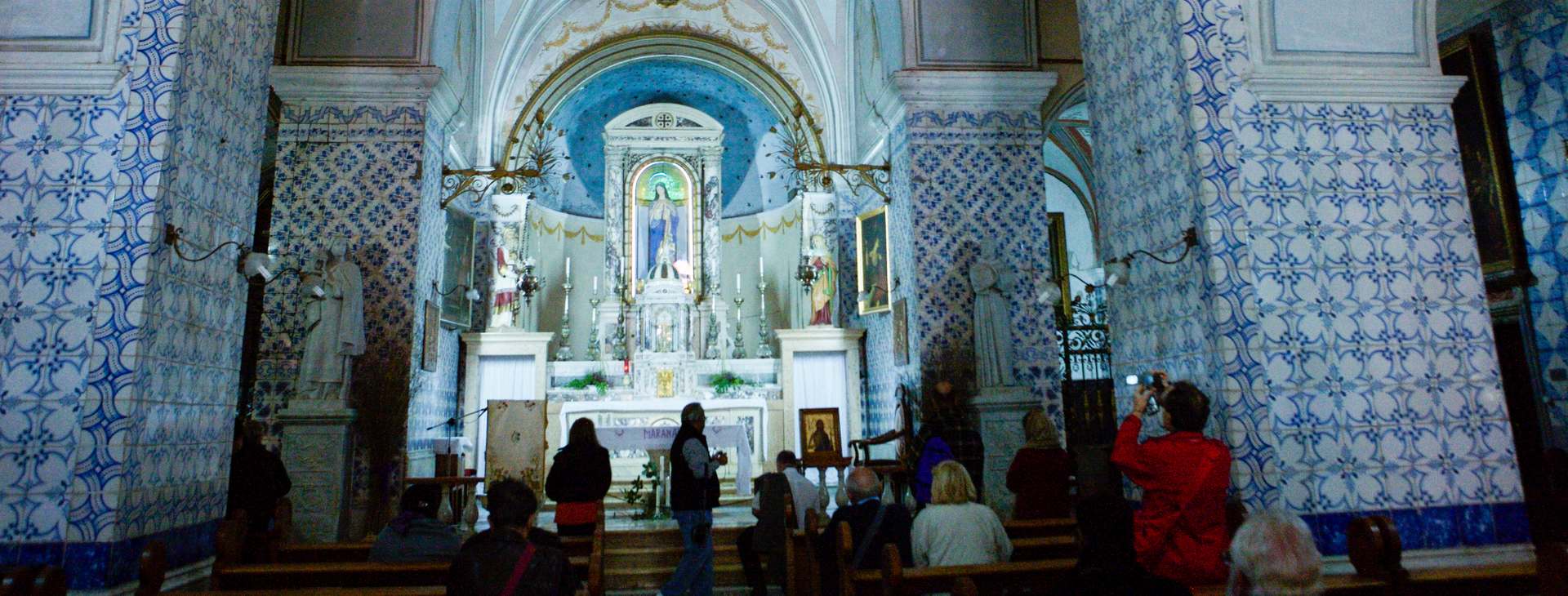The entrance is through a gate between the shops at the southern end of Christians Street. This is the oldest church in the old city; its lower part is from the Byzantine period, and some date it back to the Crusader period. The church is named after John the Baptist. Apart from its name, there is an ancient crypt where you can see Byzantine and Christian eras relics.
During the Crusader era, the church was under the responsibility of the Hospitaller order, which adopted John the Baptist as its patron. In 1244 the church was destroyed and rebuilt 1842. At this time, a newer church was also built. It is above the ancient church, and in it, there is a bone attributed to the skull of John the Baptist. Instead of a courtyard with a water cistern, there is an ancient inscription in the Greek language. The Greek Orthodox Patriarchate owns the church.












